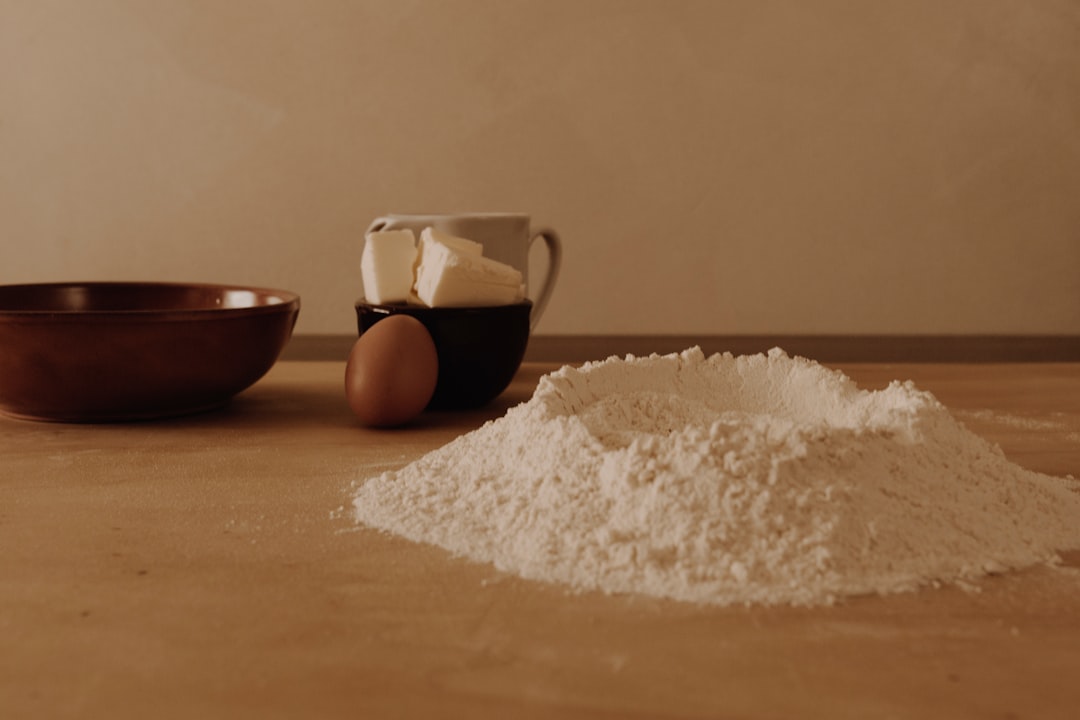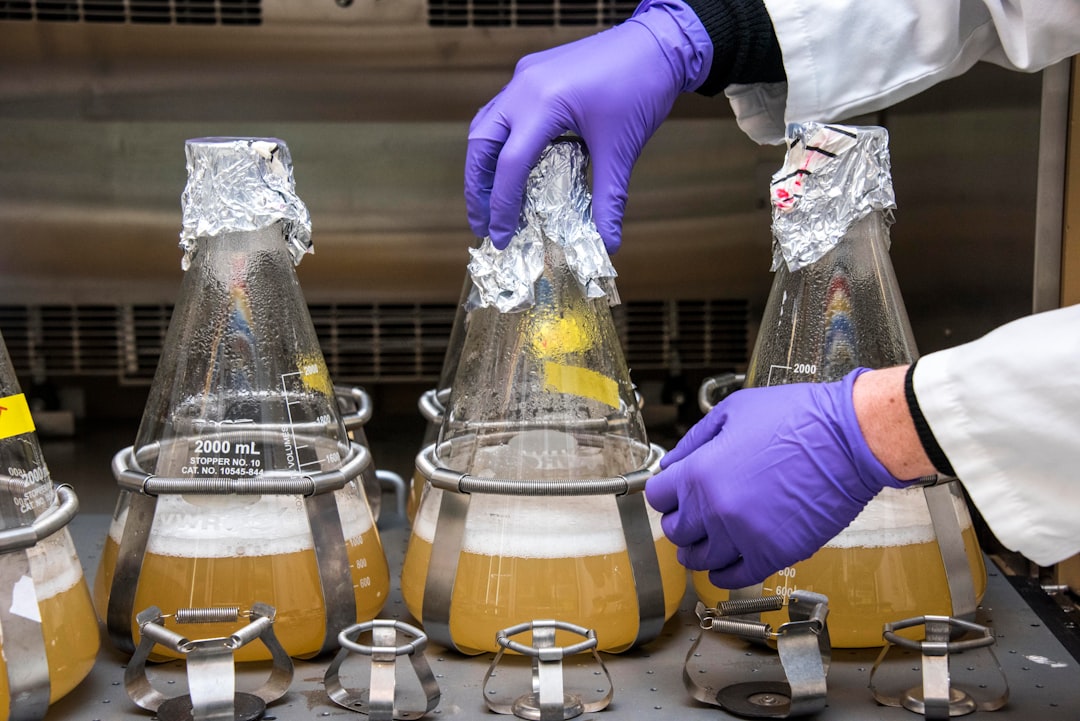What is it about?
This article presents results of a millet-soybean intercropping experiment to see whether silage quality from intercrops can be improved in terms of fermentation and quality compared to when millet or soybean are planted as monocultures. Also, this study investigates the economic feasibility of employing intercropping systems rather than monocultures.
Featured Image
Why is it important?
Millet is a drought tolerant forage species with high yielding potentials, however, protein content of the forage may not be sufficient to meet the needs of dairy farms. Combining millet and soybean forages during the ensiling process can improve the quality while maintaining the yield. The literature lacks information about millet and soybean intercropping and the yield and quality of silage produced in such systems.
Perspectives
I think this paper provides useful information for the dairy farmers in semi arid conditions who plan on improving the forage and silage quality without sacrificing the yield.
Dr Emad Jahanzad
Read the Original
This page is a summary of: Silage fermentation profile, chemical composition and economic evaluation of millet and soya bean grown in monocultures and as intercrops, Grass and Forage Science, December 2015, Wiley,
DOI: 10.1111/gfs.12216.
You can read the full text:
Contributors
The following have contributed to this page










